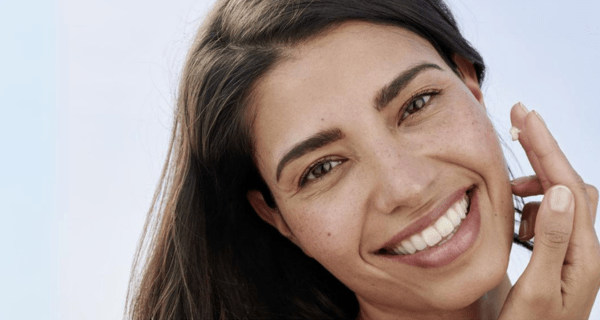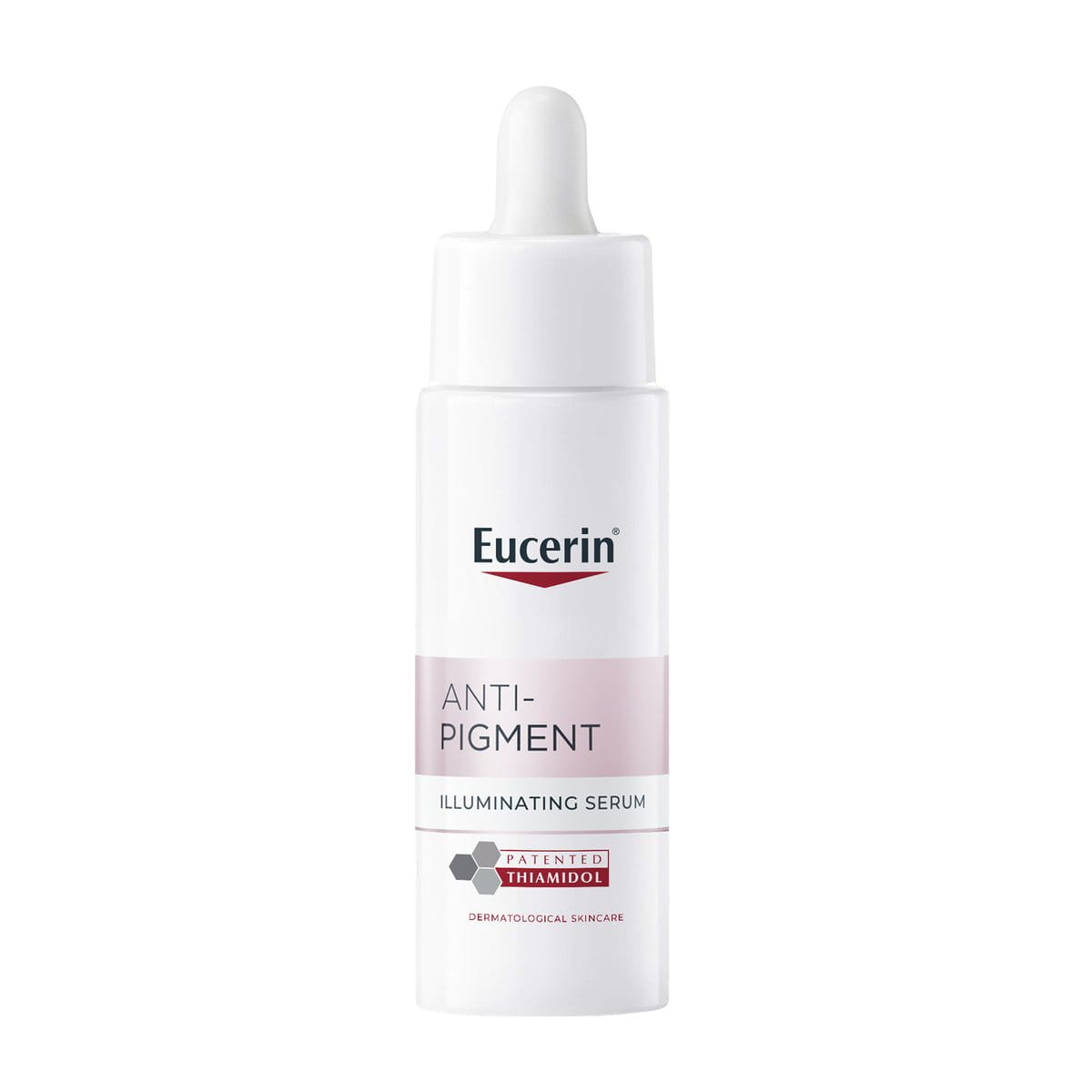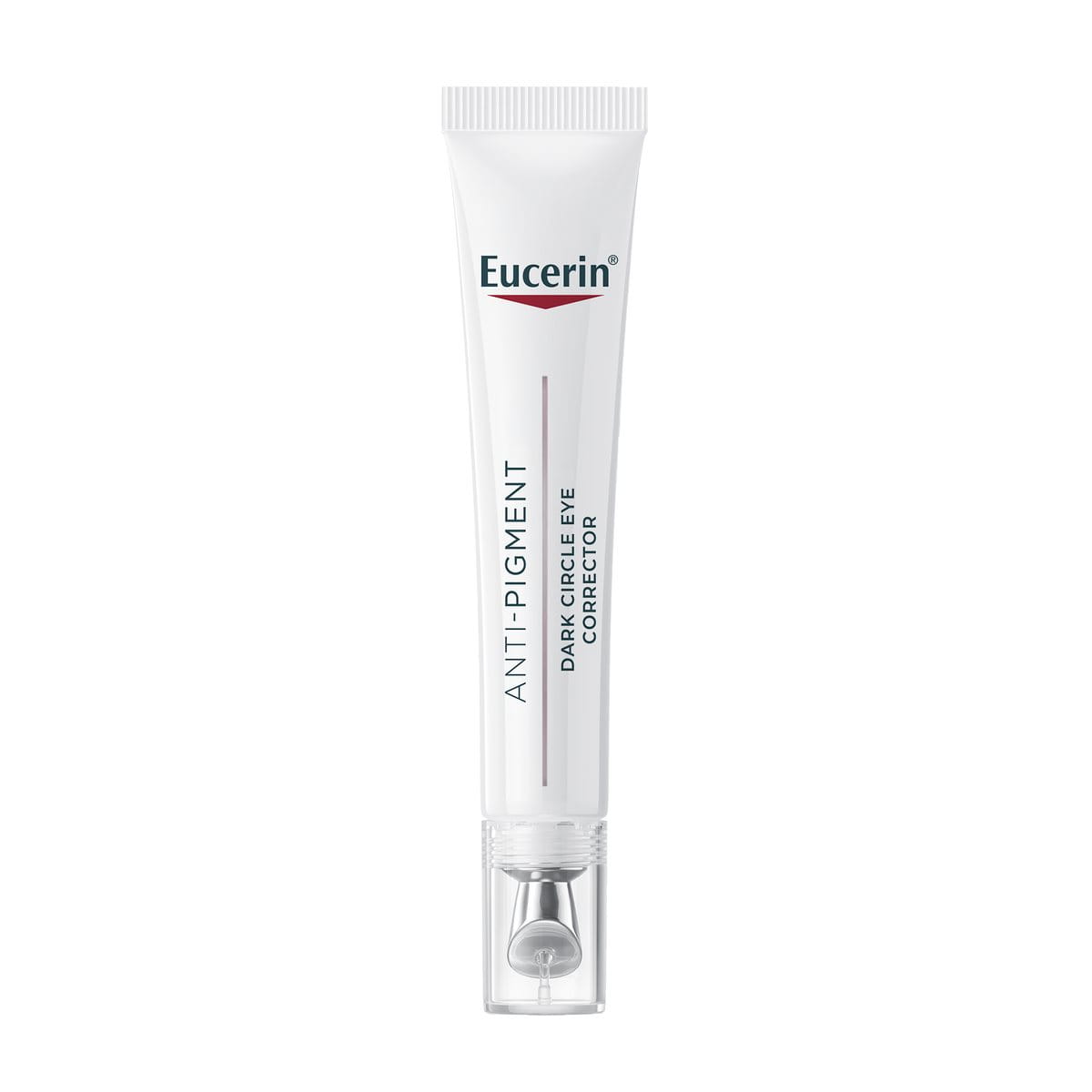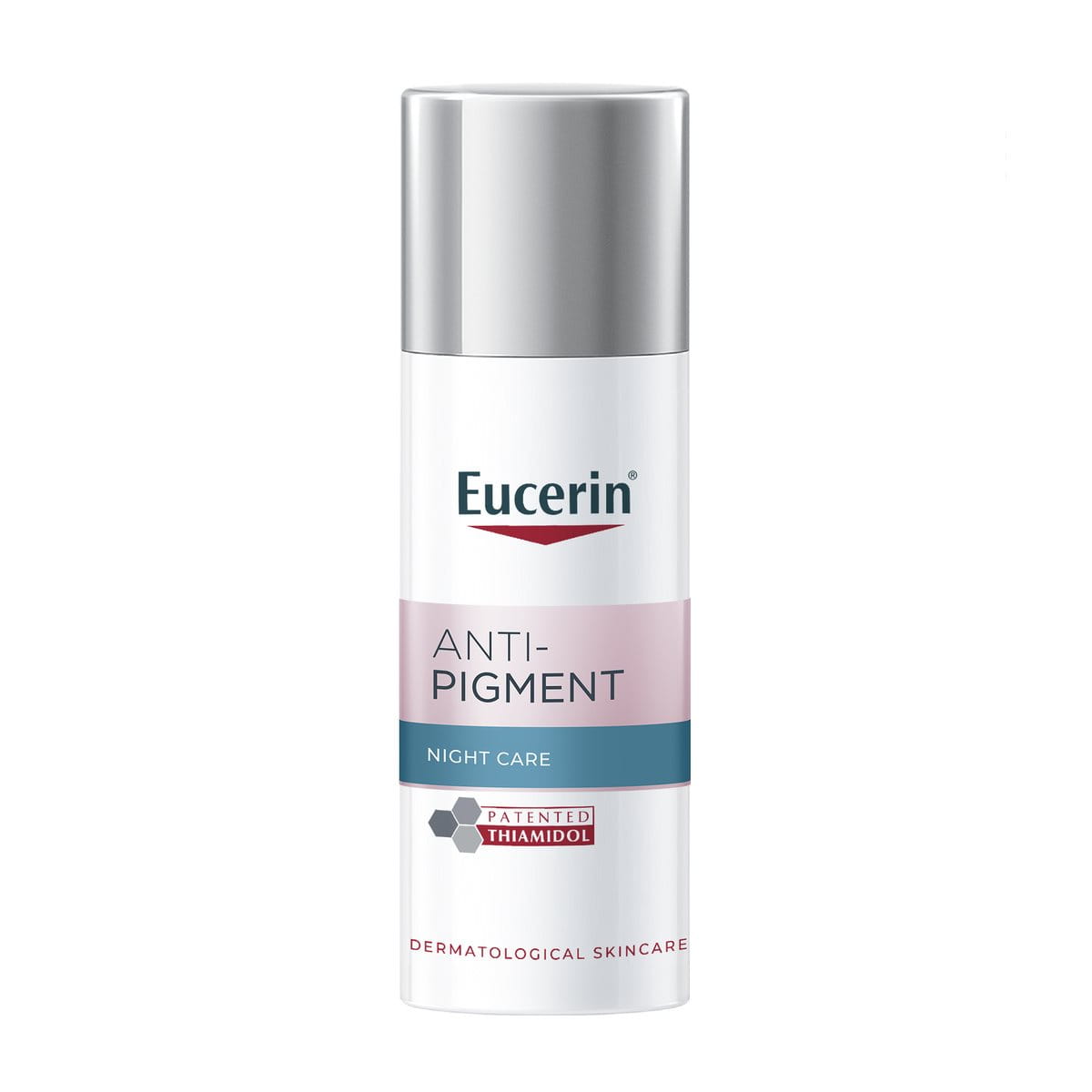Ever noticed a spurt of active acne on your body, especially exacerbated during your menstruation cycles or periods of high stress? This frustrating disorder is quite common in adults and categorized by breakouts linked to hormonal fluctuations. Thus getting its name, hormonal acne.
The condition can manifest in whiteheads, blackheads and painful cysts. These hormonal cystic acne breakouts can be stubborn and can persist despite diligent skincare. Fortunately, understanding the root causes and strategies can help you manage flareups to achieve clear and healthier skin. This article helps you do exactly that and more.
Keynotes:
- Hormonal acne is a condition that is driven by fluctuations of hormones like androgen, estrogen and insulin in the body.
- The erratic shifts can lead to a spike in oil production, clogged pores, bacterial growth and inflammation, all of which are the markers for acne breakouts.
- Ways to manage hormonal acne at home are through a healthy diet, targeted skincare, lifestyle changes and topical solutions.
- To get personalized and accelerated results, dermatologist consultation is advised.






